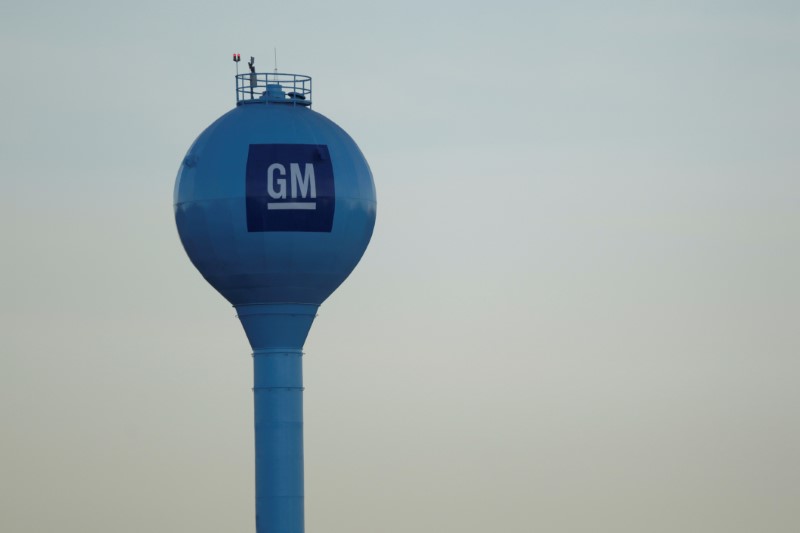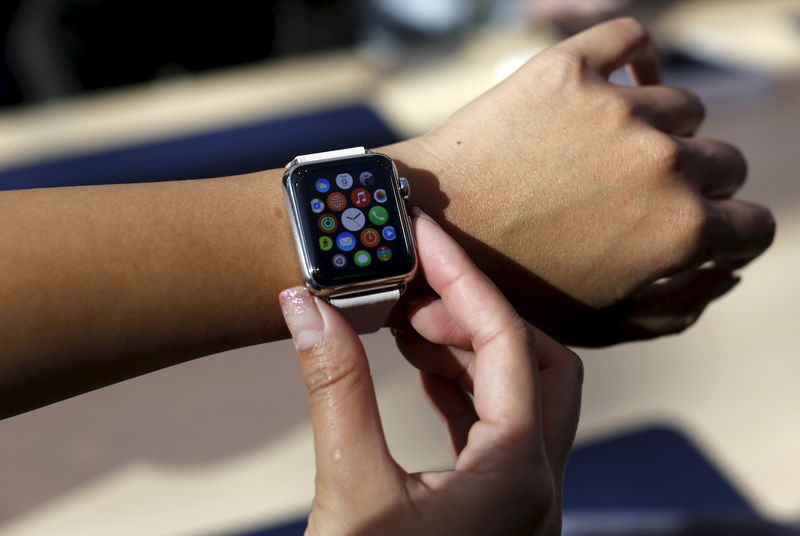There’s a quiet effort underway to seek out out – involving clothes and expertise corporations, together with Germany’s Siemens AG and Levi Strauss & Co.
“Clothes is the final trillion-dollar trade that hasn’t been automated,” mentioned Eugen Solowjow, who heads a venture at a Siemens lab in San Francisco that has labored on automating attire manufacturing since 2018.
The concept of utilizing robots to deliver extra manufacturing again from abroad gained momentum through the pandemic as snarled provide chains highlighted the dangers of counting on distant factories.
Discovering a approach to minimize out handwork in China and Bangladesh would permit extra clothes manufacturing to maneuver again to Western client markets, together with the US. However that is a delicate subject.
Many attire makers are hesitant to speak in regards to the quest for automation – since that sparks worries that employees in growing international locations will undergo. Jonathan Zornow, who has developed a method to automate some components of denims factories, mentioned he has acquired on-line criticism – and one loss of life menace.
A spokesperson for Levi’s mentioned he may affirm the corporate participated within the early phases of the venture however declined to remark additional.
THE FLOPPY CLOTH PROBLEM
Stitching poses a specific problem for automation.
In contrast to a automobile bumper or a plastic bottle, which holds its form as a robotic handles it, fabric is floppy and is available in an limitless array of thicknesses and textures. Robots merely do not have the deft contact attainable with human arms. To make certain, robots are bettering, however it is going to take years to completely develop their capability to deal with cloth, in keeping with 5 researchers interviewed by Reuters.
However what if sufficient of it might be finished by machine to no less than shut among the value differential between the US and low-cost international factories? That is the main focus of the analysis effort now underway.
Work at Siemens grew out of efforts to create software program to information robots that might deal with all sorts of versatile supplies, comparable to skinny wire cables, mentioned Solowjow, including that they quickly realized one of many ripest targets was clothes.
The worldwide attire market is estimated to be value $1.52 trillion, in keeping with impartial information platform Statista.
Siemens labored with the Superior Robotics for Manufacturing Institute in Pittsburgh, created in 2017 and funded by the Division of Protection to assist old-line producers discover methods to make use of the brand new expertise. They recognized a San Francisco startup with a promising method to the floppy cloth downside. Reasonably than train robots how one can deal with fabric, the startup, Sewbo Inc., stiffens the material with chemical compounds so it may be dealt with extra like a automobile bumper throughout manufacturing. As soon as full, the completed garment is washed to take away the stiffening agent.
“Just about each piece of denim is washed after it is made anyway, so this matches into the present manufacturing system,” mentioned Zornow, Sewbo’s inventor.
ENLISTING ROBOTS This analysis effort ultimately grew to incorporate a number of clothes corporations, together with Levi’s and Bluewater Protection LLC, a small U.S.-based maker of navy uniforms. They acquired $1.5 million in grants from the Pittsburgh robotics institute to experiment with the approach.
There are different efforts to automate stitching factories. Software program Automation Inc, a startup in Georgia, has developed a machine that may sew T-shirts by pulling the fabric over a specifically geared up desk, for example.
Eric Spackey, CEO of Bluewater Protection, the uniform maker, was a part of the analysis effort with Siemens however is skeptical of the Sewbo method. “Placing (stiffening) materials into the garment-it simply provides one other course of,” which will increase prices, mentioned Spackey, although he provides that it may make sense for producers who already wash clothes as a part of their regular operation, comparable to denims makers.
Step one is getting robots into clothes factories.
Sanjeev Bahl, who opened a small denims manufacturing unit in downtown Los Angeles two years in the past known as Saitex, has studied the Sewbo machines and is making ready to put in his first experimental machine.
Main the best way by his manufacturing unit in September, he pointed to employees hunched over old-style machines and mentioned many of those duties are ripe for the brand new course of.
“If it really works,” he mentioned, “I believe there is not any purpose to not have large-scale (denims) manufacturing right here within the U.S. once more.”






















